Notebooks
Making data science workflows for everyone
As the lead designer, I partnered with engineering, product management, and user research to create accessible notebooks for all langauges.

Background
The Python team at Microsoft started an experiment to add notebook support for their VS Code extension, the #1 extension on the marketplace with +56 million installs. Python was the preferred language in the notebook space. Still, VS Code could not support it natively (yet), and the team built a custom experience to gauge interest from the community.
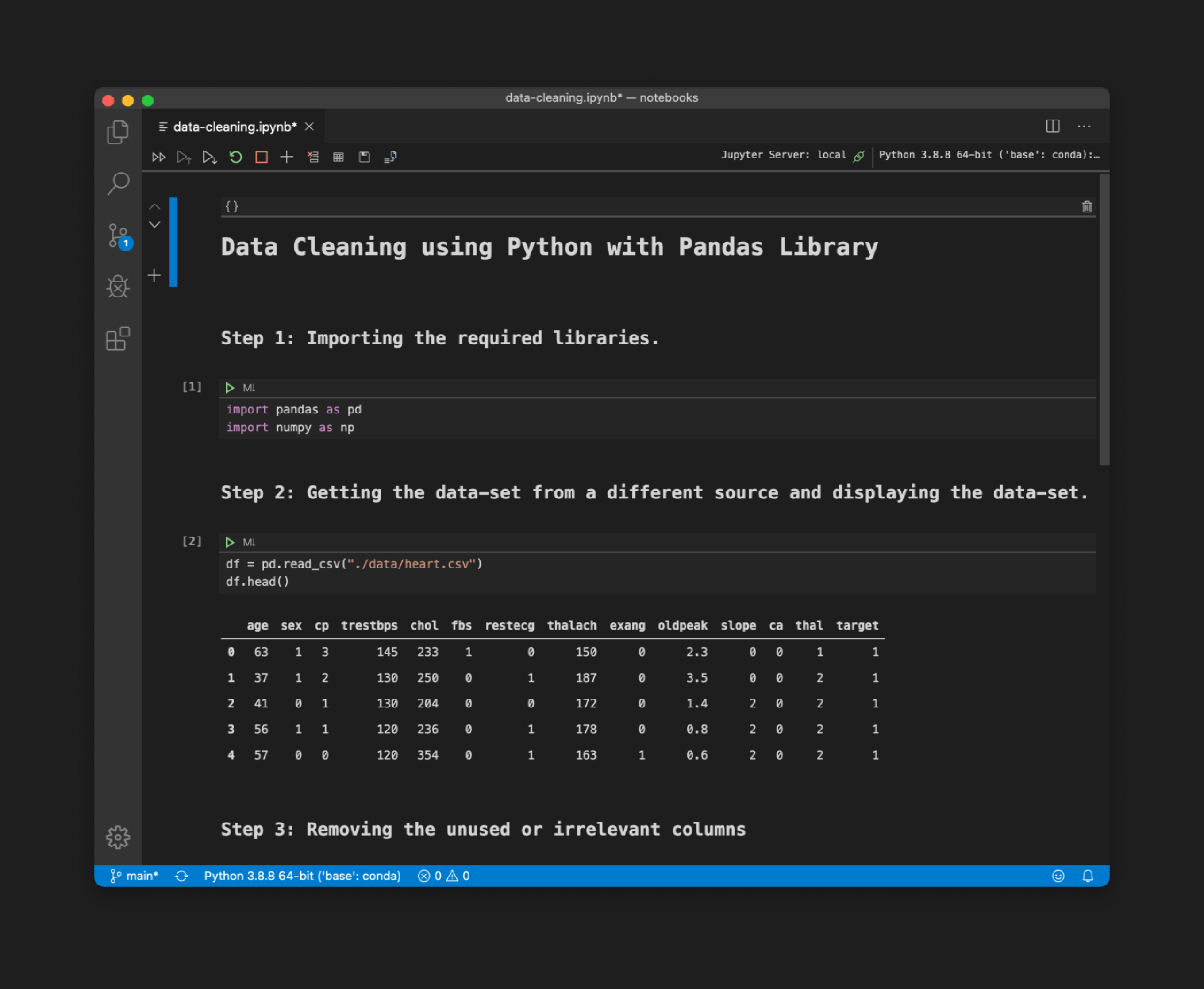
After seeing a significant spike in interest from the community, our team started planning to bring native support. VS Code is rooted in the idea that you can use any language to write code and supports a subset of languages out of the box. Extensions allow others to create support for any additional languages. The team took the same approach when it came to adding notebook support.
Early explorations
Below are early explorations where we took the original design and iterated on it, experimenting with different visual patterns in the product, making the experience more cohesive.
Code & text cells
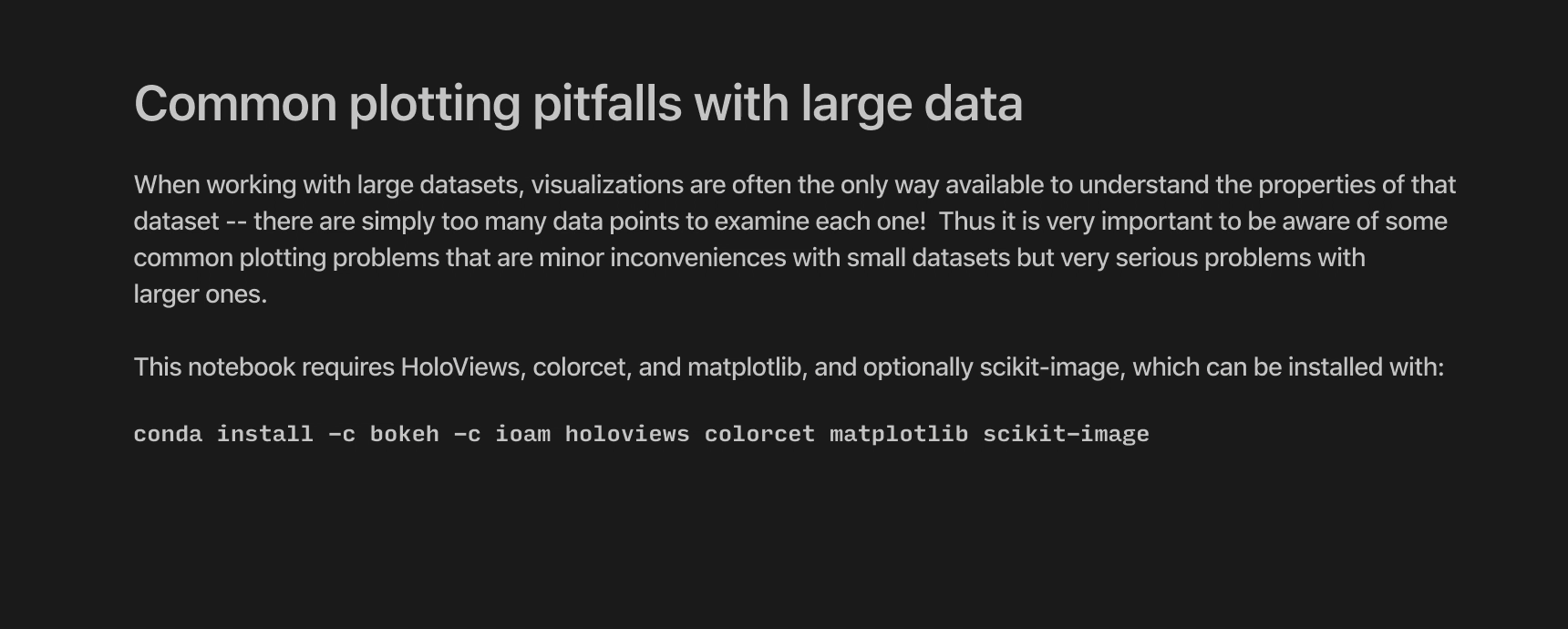
Folding cells
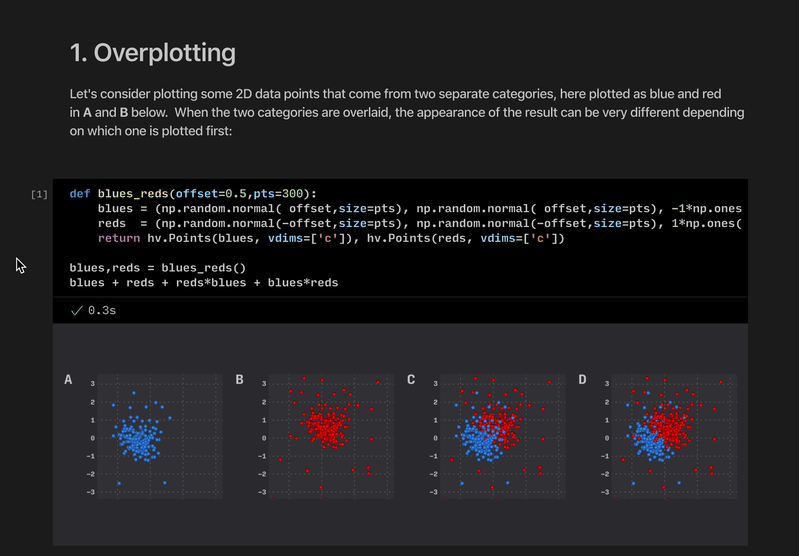
Drag & Drop
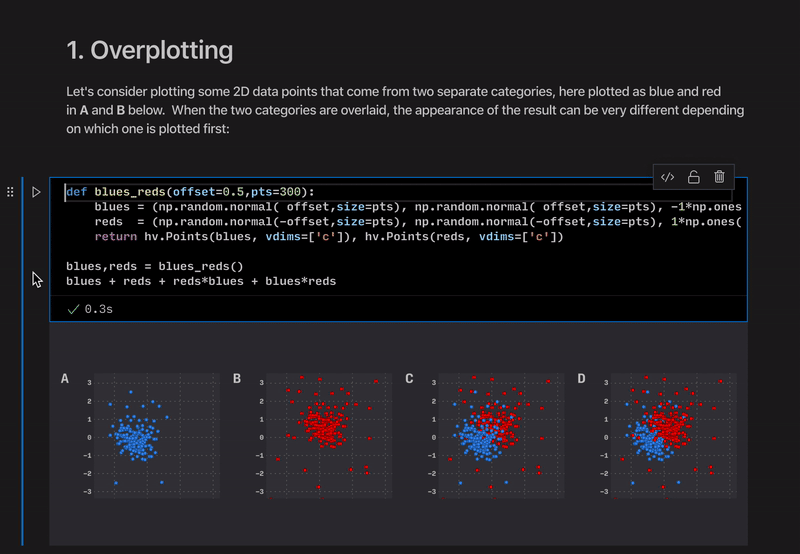
Building a prototype
After mocking up the various states in Figma, I needed to test out the interaction in a different medium that was closer to the real product, so I built a protoytpe using HTML + CSS + JavaScript. This allowed me to have more control in the interaction but also test out the various animations and styles.
Impact
After creating our first version of the new design, we leveraged our experimentation framework to slowly roll out the changes and gauge the feedback from the community. It took us several months of iterating through the feedback to polish the experience.

The team ended up shipping native support for notebooks and wrote a blog post about what it means for the editor.
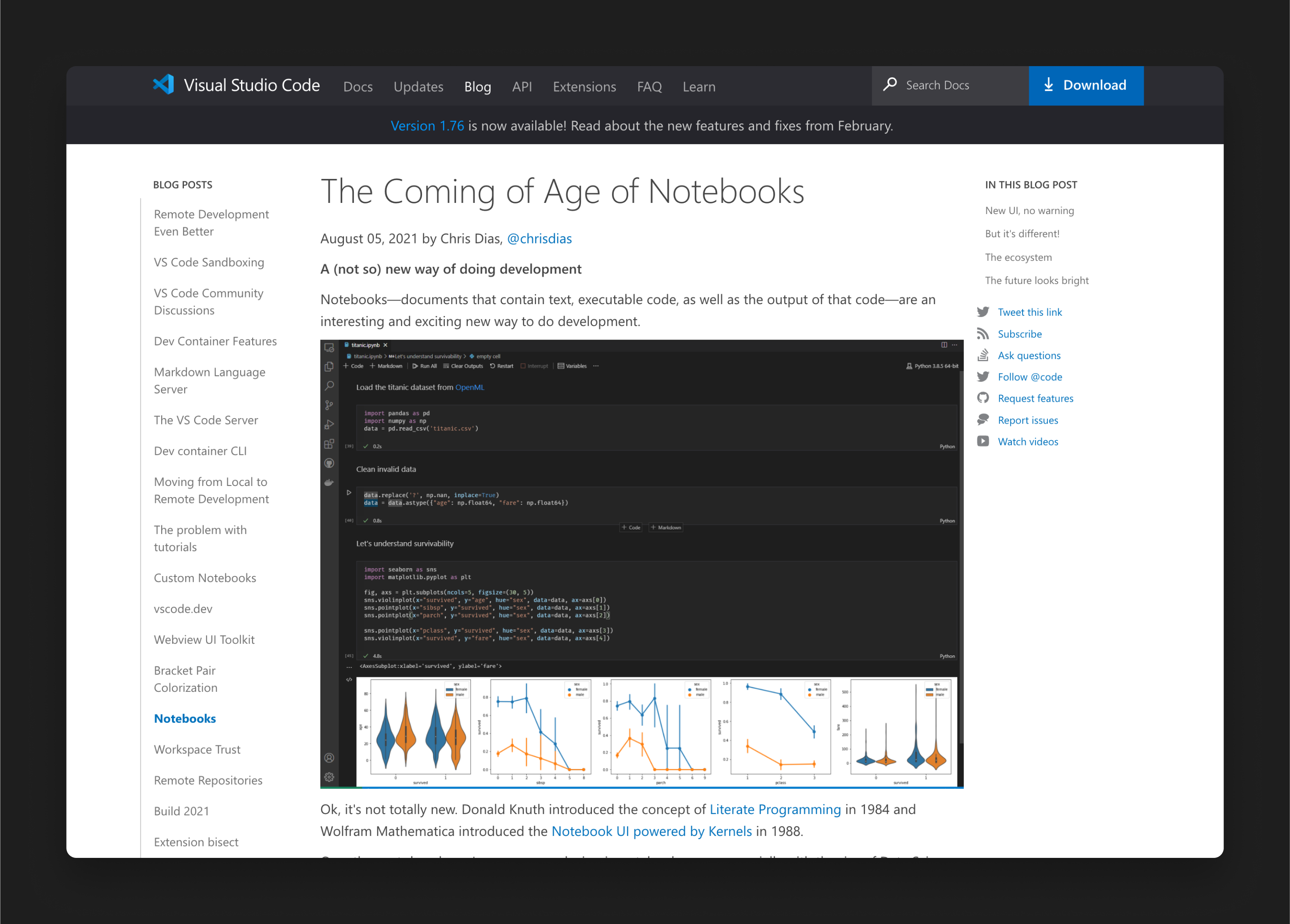
Collaborators
- Jill Jacobson - Design
- Annemarie Fulcer - User Research
- Steven Clarke - User Research
- Kai Maetzel - Engineering Manager
- Peng Lyu - Engineering
- Rob Lourens - Engineering
- Johannes Rieken - Engineering